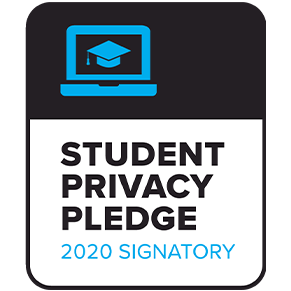Writing for Understanding
Writing is often used as a way to evaluate students’ understanding of a certain topic, but research suggests that writing promotes learning in its own right. Writing allows students to organize their thoughts, exposes gaps in understanding, and helps students establish clarity. The famous British novelist, E.M. Forester once said, “How can I know what I think until I see what I say?” Since the 1970’s researchers have compiled a significant body of evidence that reinforces Forester’s observation that writing clarifies thinking in important ways.
In 1970, James Britton paved the way for many other scholars by challenging the traditional view that writing was primarily an activity that should emphasize mechanical correctness and teaching a rigid set of discourse forms. He pointed out that language organizes experience, and as such, writing plays an important role in learning. Janet Emig in her landmark article, “Writing as a Mode of Learning” (1977), said that writing is “neurologically integrative, connective, and active.” That is, it uses many parts of the brain and therefore “represents a unique form of learning.”
In 1984, Newell observed students who were writing and concluded that “students’ understanding of concepts from a prose passage was significantly better after writing essays than after answering study questions”. Langer and Applebee in their book, How Writing Shapes Thinking (1987) went on to identify three apparent truths about writing and its link to intellectual development: 1) Writing activities promote learning better than activities involving only studying or reading. 2)Different kinds of writing activities lead students to focus on different kinds of information. 3)In contrast to short-answer responses, which turn information into discrete small pieces, analytic writing promotes more complex and thoughtful inquiry but on a smaller amount of information.
Langer and Applebee went on to conclude that writing for a variety of purposes about a variety of subjects should be integrated into schools’ curricular decisions. Nevertheless, during the past ten years, with the nationwide implementation of high stakes testing, social studies teachers have not been encouraged to devote time to writing. consistently heard the message all this research demonstrates. Because the format of the tests has primarily been multiple choice, social studies teachers have too often left writing instruction to the language arts and English departments.
Our DBQs and Mini-Qs help social studies teachers and districts build writing into their curricula. In each step in our DBQ Project Method, students write for different purposes. Our professional development workshops stress the importance of writing, and help teachers themselves get clear on the elements of a proficient argument essay.
Back to Best Practice Alignment

